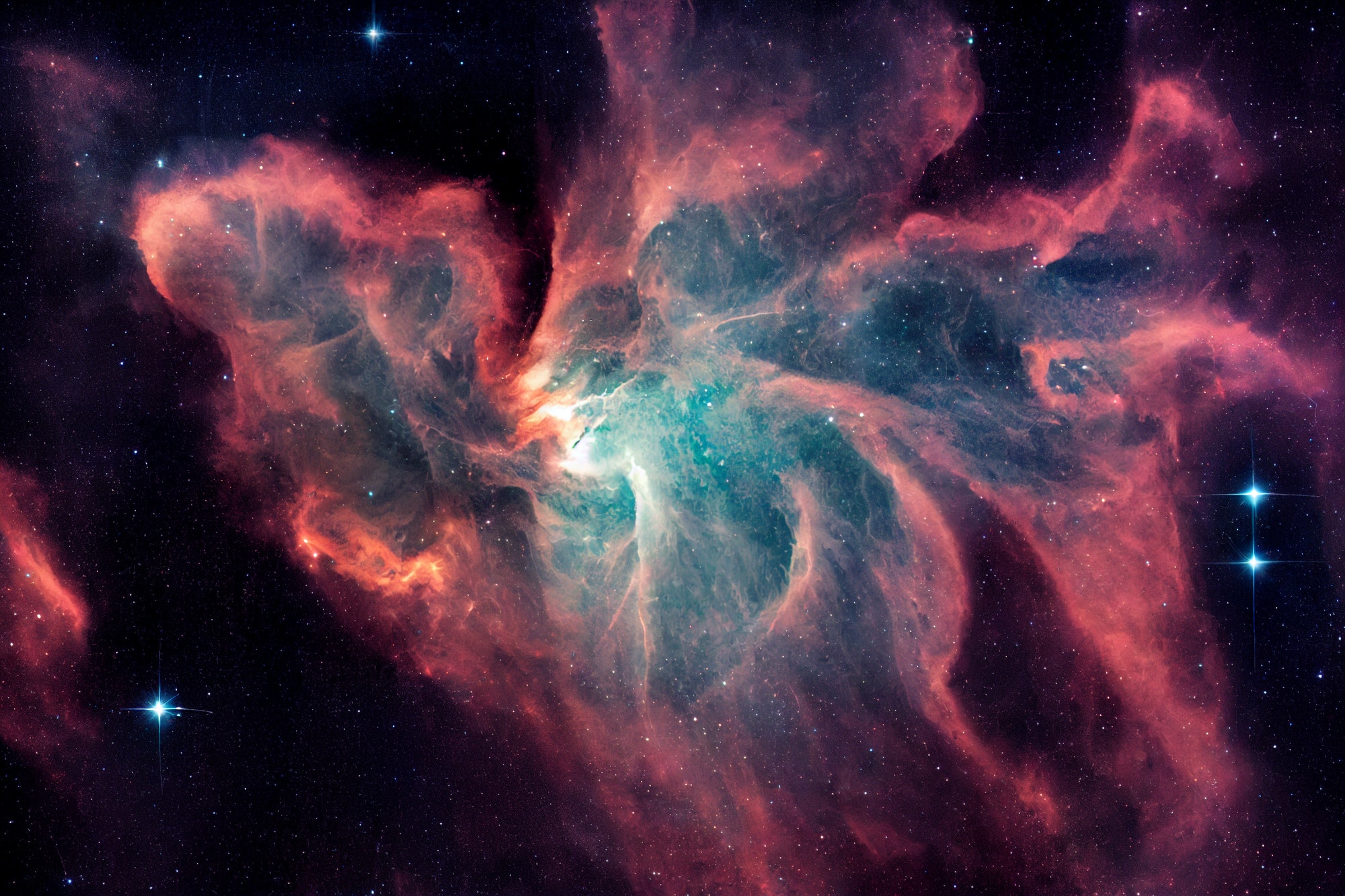Introduction
The cosmos has always been a source of awe and mystery. Recently, the James Webb Space Telescope (JWST) has taken this intrigue to new heights, revealing aspects of the universe we had never seen before. As we embark on this celestial journey, we’ll explore the latest discoveries made by the JWST and how they reshape our understanding of the vast universe.

The James Webb Space Telescope: A Revolutionary Eye in the Sky
Understanding the JWST’s Advanced Technology
The James Webb Space Telescope represents a quantum leap in astronomical technology. Unlike its predecessors, the JWST uses a unique array of gold-coated mirrors and a suite of sensitive instruments to capture light from the farthest corners of the universe. This section delves into the intricate details of its construction and the groundbreaking technology behind it.
The Significant Contributions of International Collaboration
The JWST is not just a triumph of technology but also a testament to international collaboration. In this part, we’ll discuss how agencies like NASA, ESA, and CSA joined forces, combining their expertise and resources to bring this astronomical marvel to life.
Unveiling the Cosmic Wonders: Key Discoveries by JWST
Peering into the Birth of Stars and Galaxies
One of the JWST’s most awe-inspiring capabilities is its ability to observe the birth of stars and galaxies. Here, we’ll explore these early cosmic moments, offering a glimpse into how these celestial bodies came into existence.
Decoding the Mysteries of Black Holes
Black holes, those enigmatic cosmic phenomena, have long captivated scientists and laypeople alike. This section explores how the JWST sheds new light on the nature of black holes and what it reveals about their role in the universe.
Analyzing Exoplanets’ Atmospheres
In the quest to find life beyond Earth, the JWST plays a crucial role. This part discusses its ability to analyze the atmospheres of exoplanets, searching for signs of life-sustaining elements and conditions.
The Potential for Discovering Alien Life
The possibility of alien life has always sparked the human imagination. Here, we delve into how the JWST’s discoveries could bring us closer to answering this age-old question.
The Impact of JWST on Future Space Missions
Setting New Standards for Space Exploration
The JWST not only unravels the universe’s secrets but also sets new benchmarks for future space missions. In this section, we’ll examine how its success paves the way for more ambitious space explorations.
Inspiring the Next Generation of Astronomers
The telescope’s discoveries have a profound impact beyond the scientific community. Here, we discuss how the JWST inspires a new generation of astronomers and space enthusiasts.
Conclusion: Gazing into the Future with the James Webb Space Telescope
As we conclude our exploration, it’s clear that the James Webb Space Telescope is not just a marvel of modern astronomy but a beacon guiding us toward a deeper understanding of the universe. Its discoveries continue to fascinate and inspire, promising a future rich with astronomical wonders and insights.

FAQs: Delving Deeper into the James Webb Space Telescope’s Mysteries
How Does the JWST Contribute to Our Understanding of the Universe’s Age and Expansion?
The JWST plays a pivotal role in refining our understanding of the universe’s age and expansion rate. By observing distant galaxies and celestial phenomena, the telescope provides crucial data that helps scientists better estimate the age of the universe and the rate at which it is expanding, offering insights into the fundamental nature of the cosmos.
What Role Does the JWST Play in Studying Dark Matter and Dark Energy?
The James Webb Space Telescope is instrumental in studying dark matter and dark energy, two of the most mysterious components of the universe. Its observations assist in mapping the distribution of dark matter and investigating the nature of dark energy, which is thought to be responsible for the accelerating expansion of the universe.
How Will the JWST’s Discoveries Influence Astrophysics and Cosmology?
The discoveries made by the JWST are expected to have a profound impact on the fields of astrophysics and cosmology. By providing unprecedented views of the early universe, star and planet formation, and the behavior of black holes, the telescope will likely lead to new theories and models that deepen our understanding of the universe’s fundamental processes.
Can the JWST Help in Identifying Potentially Habitable Planets?
One of the exciting capabilities of the JWST is its potential to identify exoplanets with conditions suitable for life. By analyzing the atmospheric composition of these planets, the telescope can identify signs of habitability, such as the presence of water vapor, oxygen, and other life-sustaining elements.
How Does the JWST’s Infrared Capability Enhance Its Observational Power?
The JWST’s ability to observe in the infrared spectrum is a game-changer for astronomy. This capability allows it to see through dust clouds that obscure visible light, observe the earliest stages of star and planet formation, and detect the faint light from the most distant galaxies, providing a window into the universe’s infancy.
Sources BBC



Pingback: Apple Vision A Revolutionary Leap - Linkdood Technologies